For both landlords and tenants, a lease agreement is the foundation of any rental arrangement. While traditional leases can span multiple pages, a simple lease agreement provides a streamlined approach that still protects both parties. Drafting a one-page lease that is legally sound requires careful attention to essential elements and clarity to prevent disputes. This guide will walk you through the process of creating a concise, enforceable lease agreement.
Understand the Basics of a Lease Agreement
A lease agreement is a legally binding contract between a landlord and a tenant. It defines the rights and responsibilities of each party, outlines payment terms, and sets the expectations for property use. Even in a one-page format, the agreement must comply with local and national laws to ensure enforceability.
Before drafting, familiarize yourself with the landlord-tenant laws in your jurisdiction. Some states or countries have specific requirements regarding security deposits, notice periods, and tenant rights that must be included. Ignoring these legal requirements could render the lease unenforceable.
Include Essential Information
Even on a single page, a simple lease agreement must include key information to be legally binding. Start with the names of the parties involved, the rental property address, and the term of the lease. Specify the start and end dates, and indicate whether the lease will automatically renew or require a new agreement after expiration.
Next, clearly state the rent amount, payment schedule, and accepted methods of payment. Outline any late fees or penalties for missed payments. Transparency on financial terms reduces misunderstandings and protects both parties from disputes.
Security deposits are another critical element. Indicate the deposit amount, how it will be held, and the conditions for its return. Include provisions for property damages and deductions to prevent confusion when the tenancy ends.
Define Rights and Responsibilities
A legally sound lease outlines the responsibilities of both the landlord and tenant. On a one-page lease, you should focus on the most important obligations. For the landlord, this typically includes maintaining the property, ensuring safety, and complying with health regulations. For tenants, it covers timely rent payment, proper use of the property, and adherence to rules such as noise limits or pet policies.
Consider including clauses about maintenance responsibilities, such as who handles minor repairs or lawn care. Specify rules about subleasing, guests, and alterations to the property. While space is limited, concise language can cover these areas without cluttering the document.
Use Clear and Simple Language
The biggest advantage of a one-page lease is its simplicity. Avoid legal jargon that could confuse the tenant. Use short, clear sentences that convey obligations and expectations. For example, instead of writing “The lessee shall remit monthly rental payments on or before the first day of each month,” simply state, “Rent is $1,000 due on the first of each month.”
Clarity helps prevent disputes and ensures that both parties understand their rights. It also increases the likelihood that the lease will hold up in court if enforcement becomes necessary.
Include Signatures and Date
A lease agreement is not valid without the signatures of both parties and the date of signing. Even a one-page lease should provide space for each party to sign and print their name. Including the date ensures that the lease term is clearly established from the outset.
Consider adding a witness line if your jurisdiction recommends or requires it. While not always mandatory, a witness can strengthen the lease’s enforceability in case of disputes.
Consider Optional Clauses
Even in a one-page simple lease agreement, optional clauses can add protection. For example, include a termination clause detailing how the lease can be ended early, or specify consequences for violating lease terms. You may also include a clause about renters’ insurance, which protects both parties from property damage or liability issues.
While brevity is important, select optional clauses that address the most common risks. Avoid overloading the page with unnecessary provisions that may confuse tenants or make the lease appear intimidating.
Review and Consult a Professional
Before finalizing your one-page lease, review it carefully for completeness and compliance with the law. Check that all critical information is included, that terms are clear, and that local landlord-tenant regulations are addressed.
If possible, consult a lawyer or legal professional. Even a short lease can benefit from a professional review to ensure it is enforceable and avoids potential pitfalls. Many attorneys offer flat-rate lease review services that are cost-effective, especially for first-time landlords.
Keep Copies and Maintain Records
Once signed, both landlord and tenant should retain a copy of the lease. Digital or physical copies are acceptable, but make sure they are easily accessible in case of disputes. Maintaining organized records of rent payments, notices, and correspondence can further strengthen your legal position if disagreements arise.
Conclusion
A one-page simple lease agreement is an efficient way to outline the key terms of a rental arrangement while keeping the process simple for both parties. By including essential information, defining rights and responsibilities, using clear language, and complying with local laws, you can create a lease that is both concise and legally sound.
While brevity is important, clarity and legal compliance should never be sacrificed. Taking the time to carefully draft your one-page lease and reviewing it with a legal professional ensures that both landlords and tenants enjoy a smooth and transparent rental experience.
 Access Request Form
Access Request Form
 Afterparty RSVP Form
Afterparty RSVP Form
 Band Discovery Form
Band Discovery Form
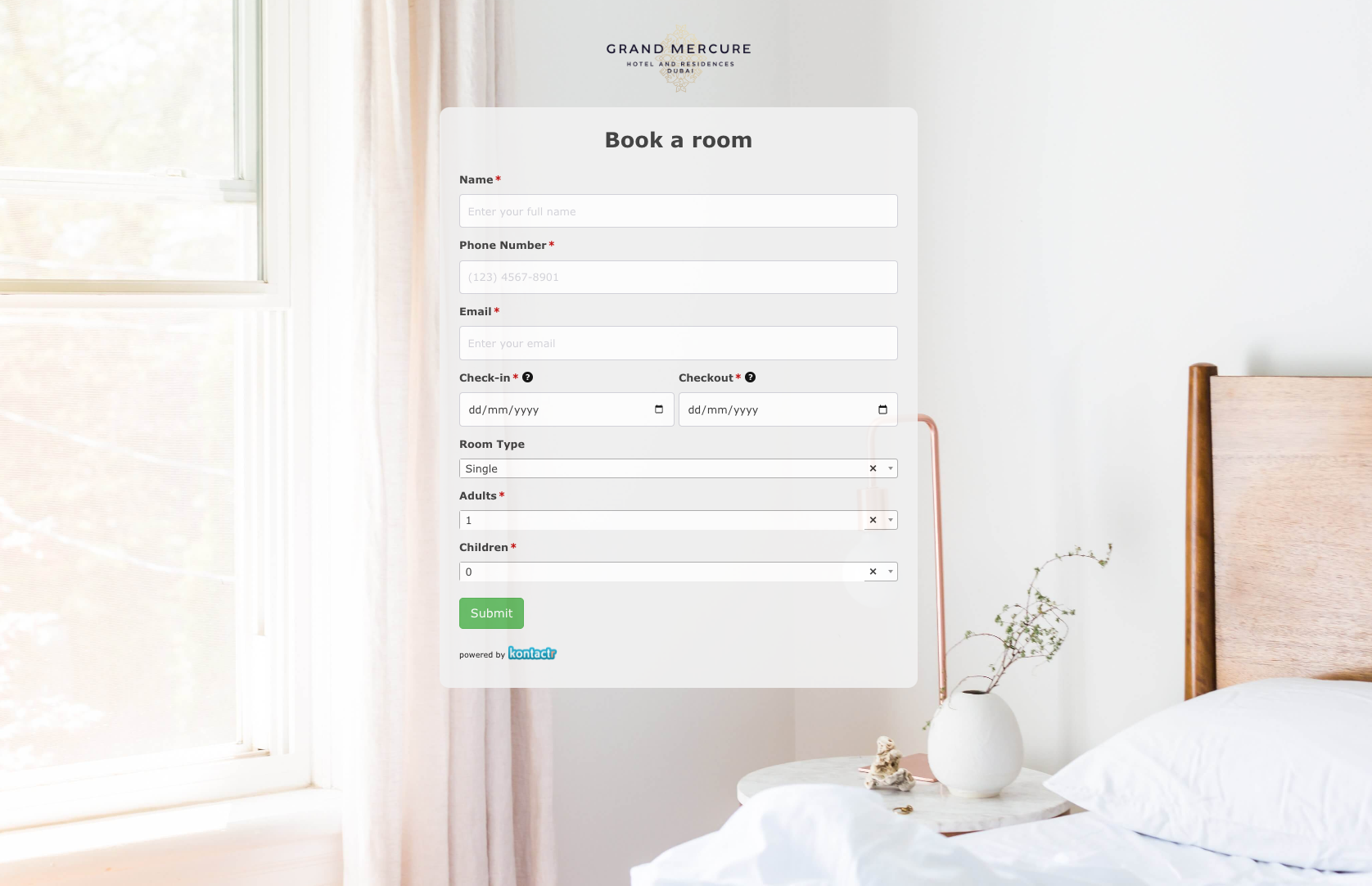 Book a room Form
Book a room Form
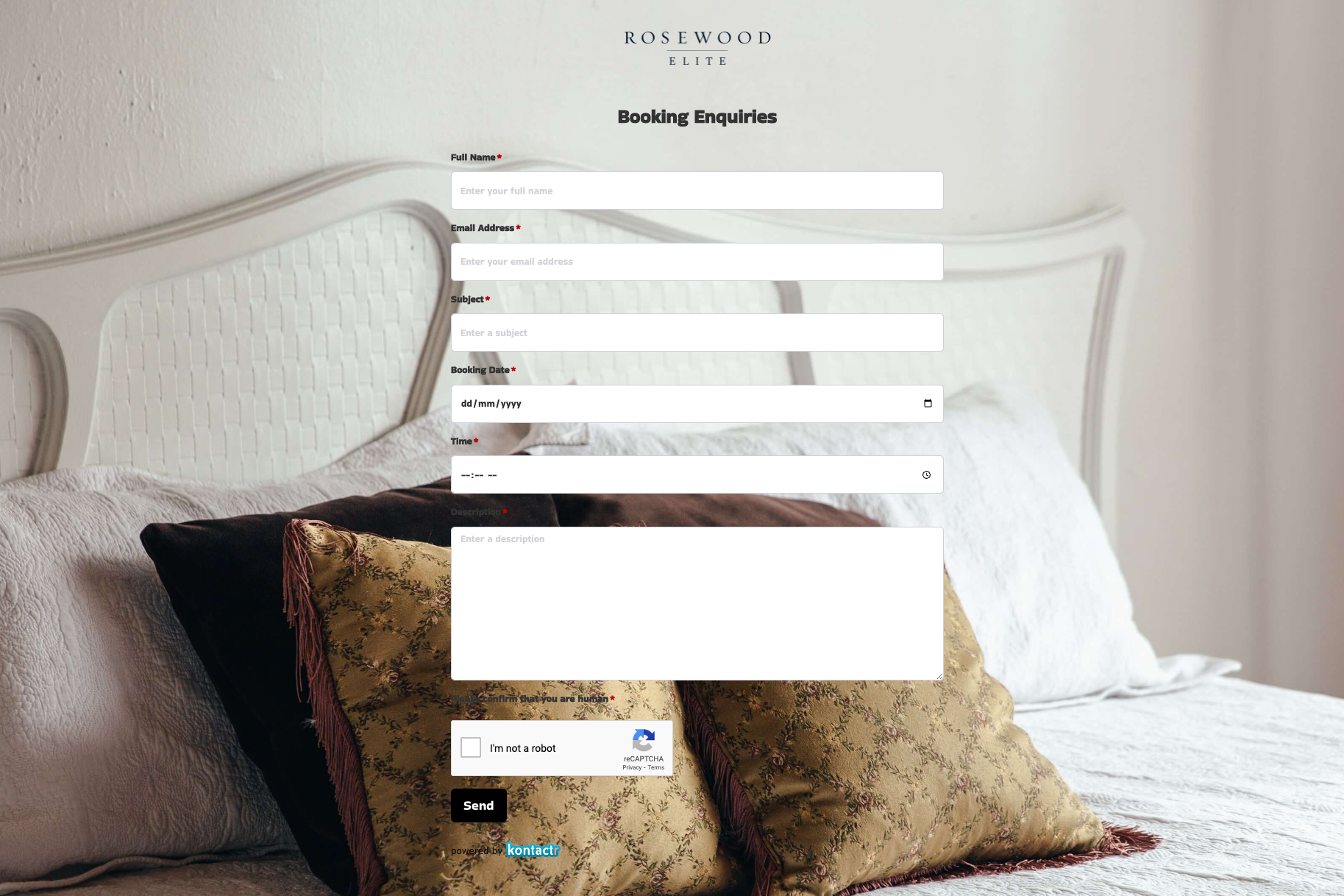 Booking Enquiries Form
Booking Enquiries Form
 Brochure Mailing Form
Brochure Mailing Form
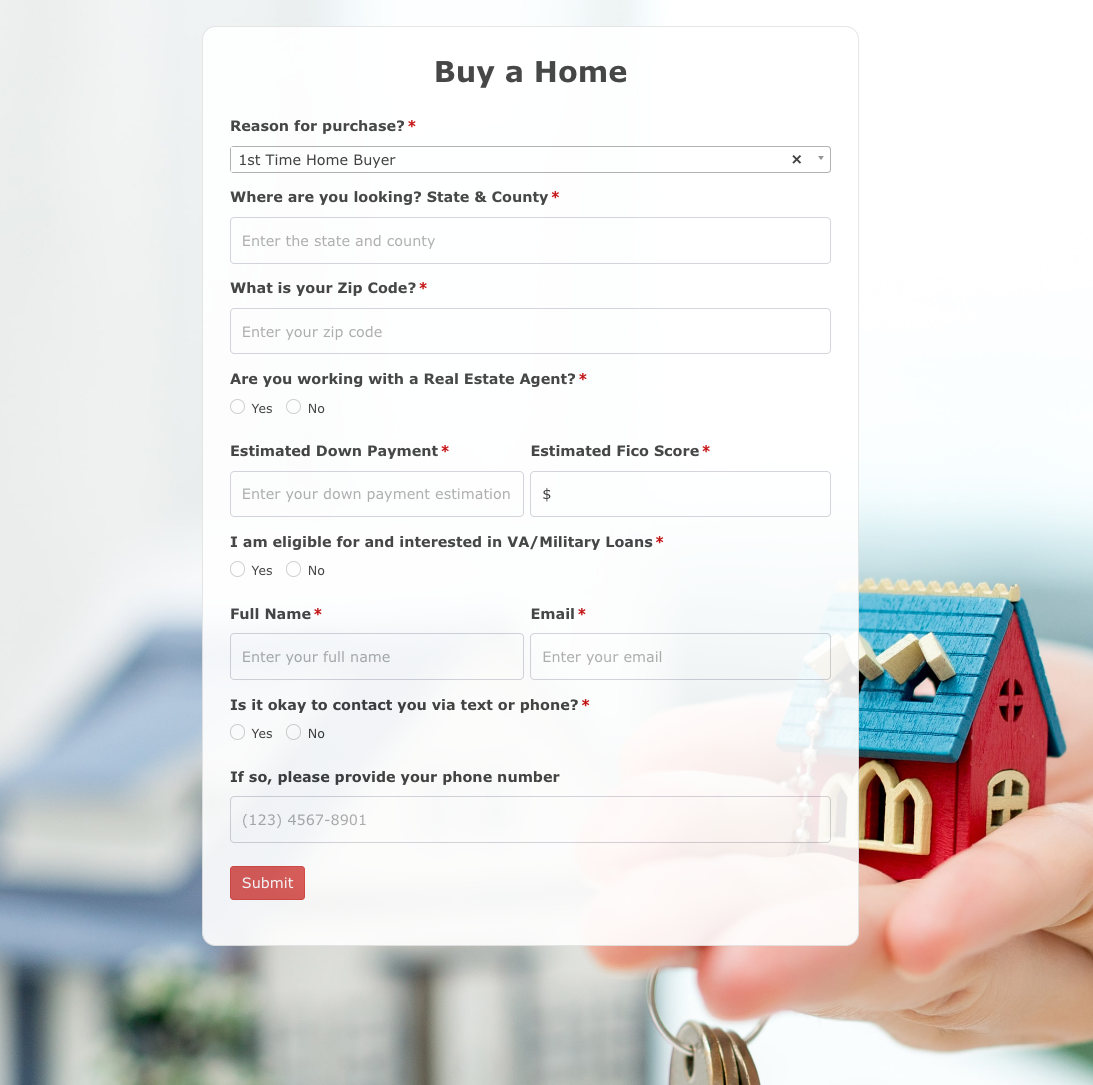 Buy a Home Form
Buy a Home Form
 Catalog Request Form
Catalog Request Form
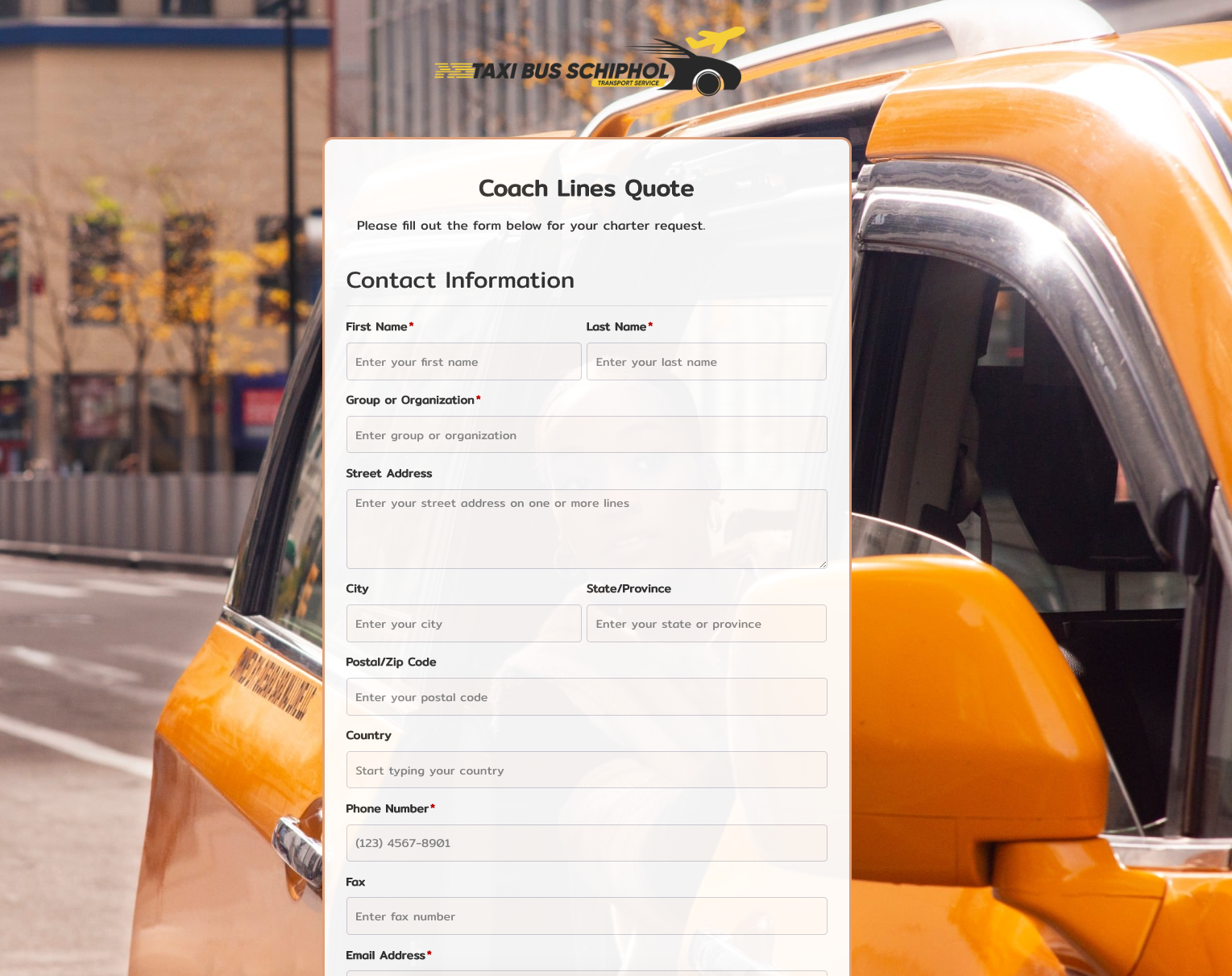 Coach Lines Quote Form
Coach Lines Quote Form
 Contact Us Form
Contact Us Form
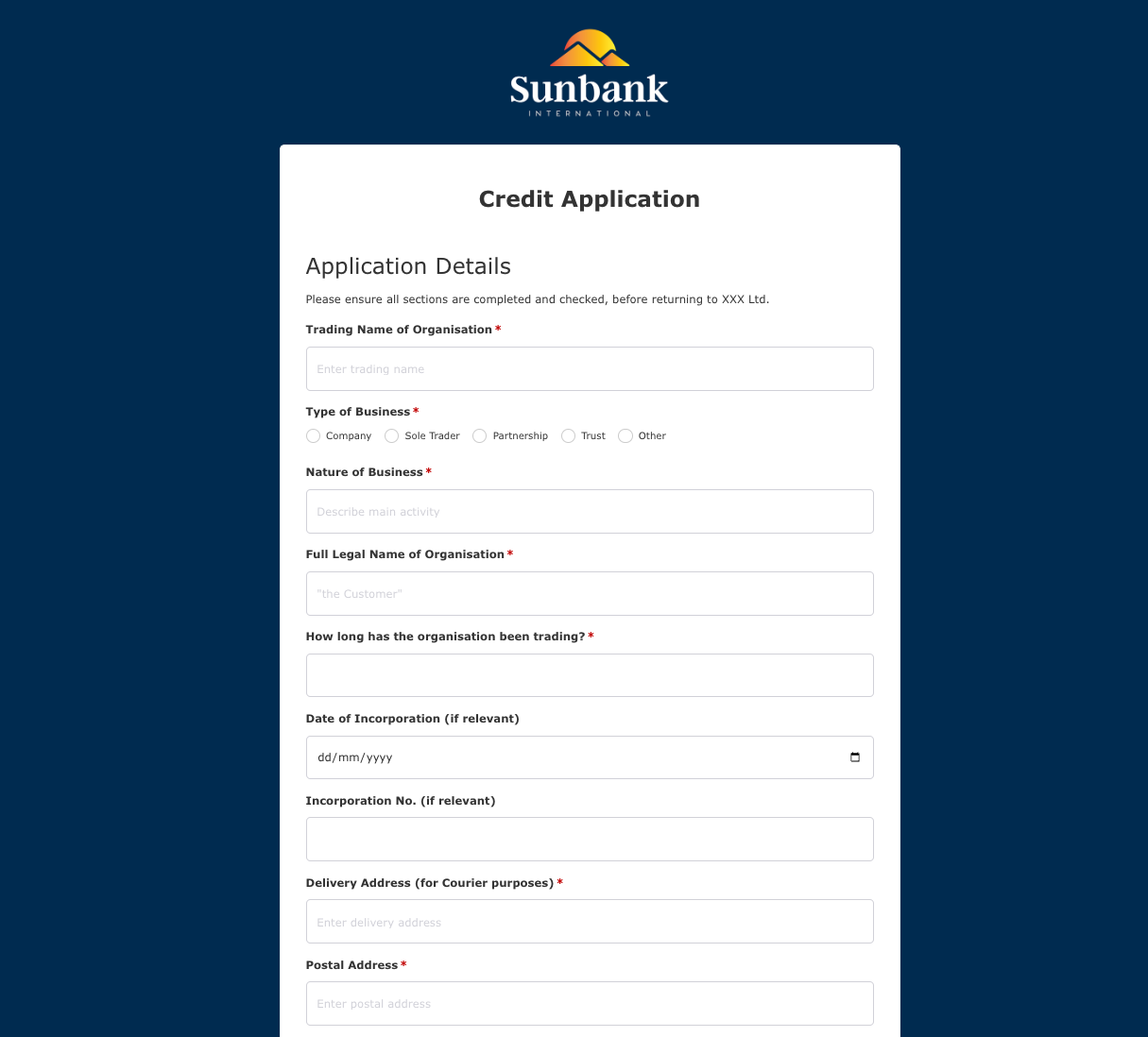 Credit Application Form
Credit Application Form
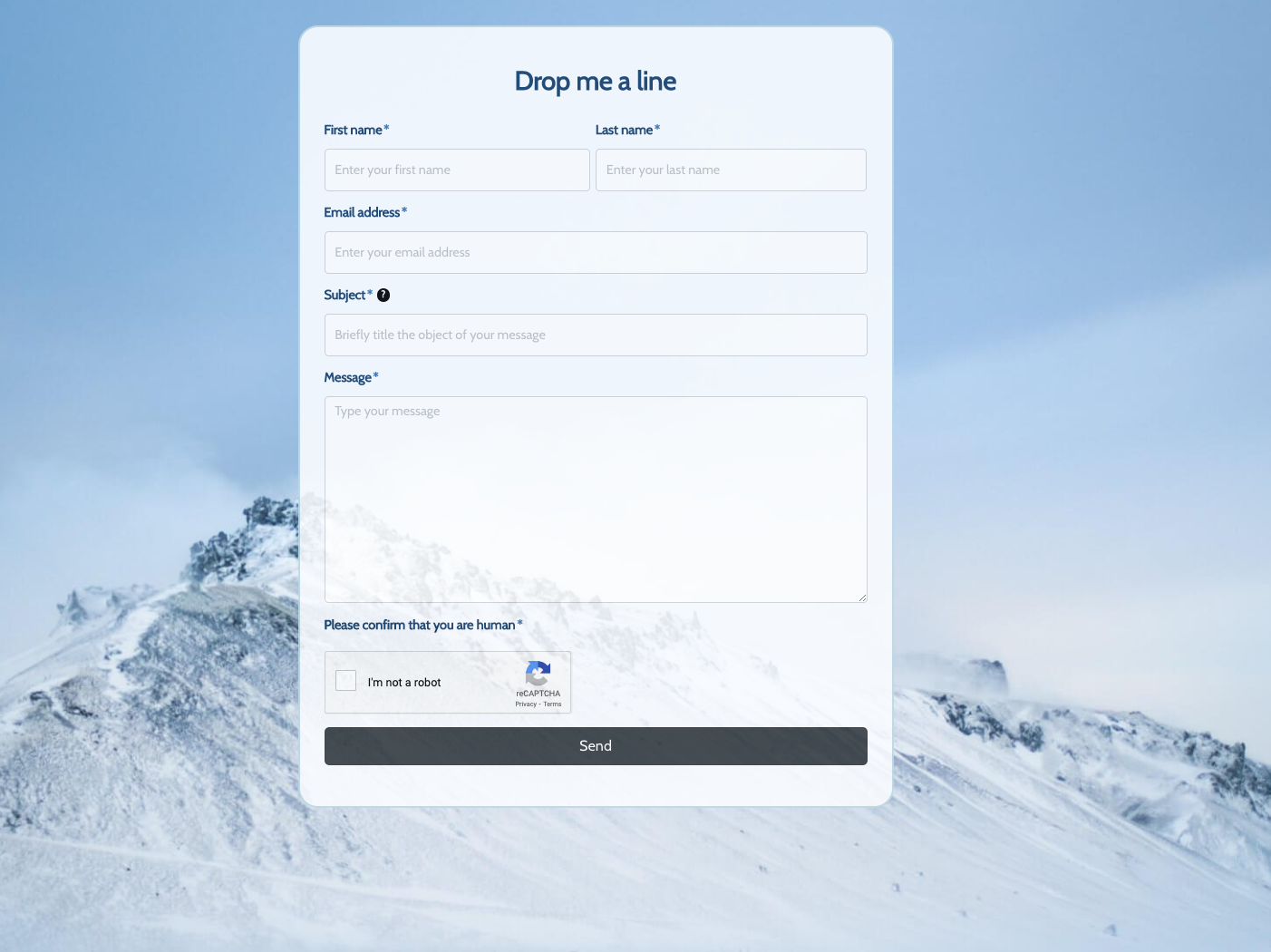 Drop me a line Form
Drop me a line Form
 Enquiry / Feedback Form
Enquiry / Feedback Form
 Got a question? Form
Got a question? Form
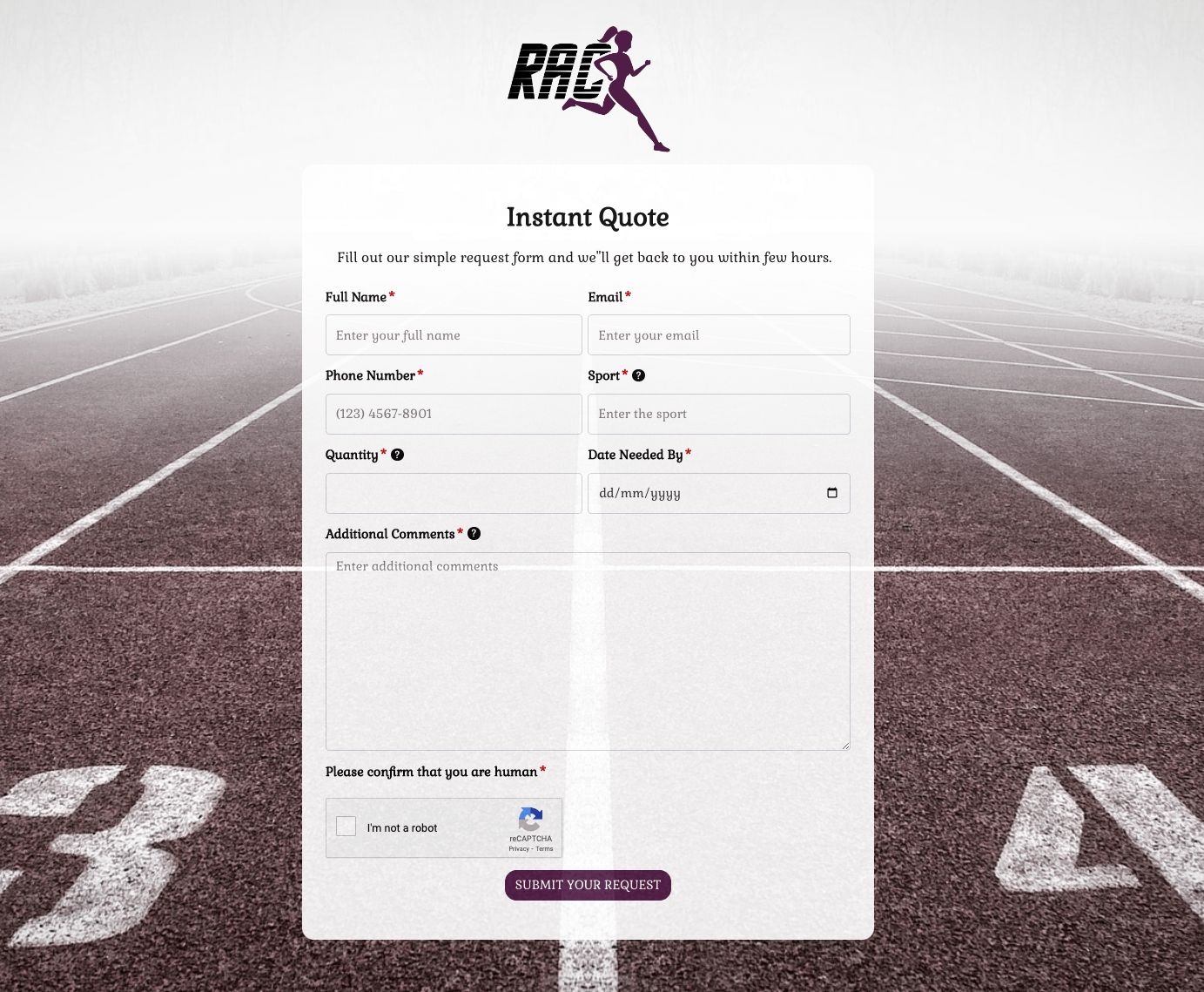 Instant Quote Form
Instant Quote Form
 Job Application Form
Job Application Form
 Language & Literacy Lab Form
Language & Literacy Lab Form
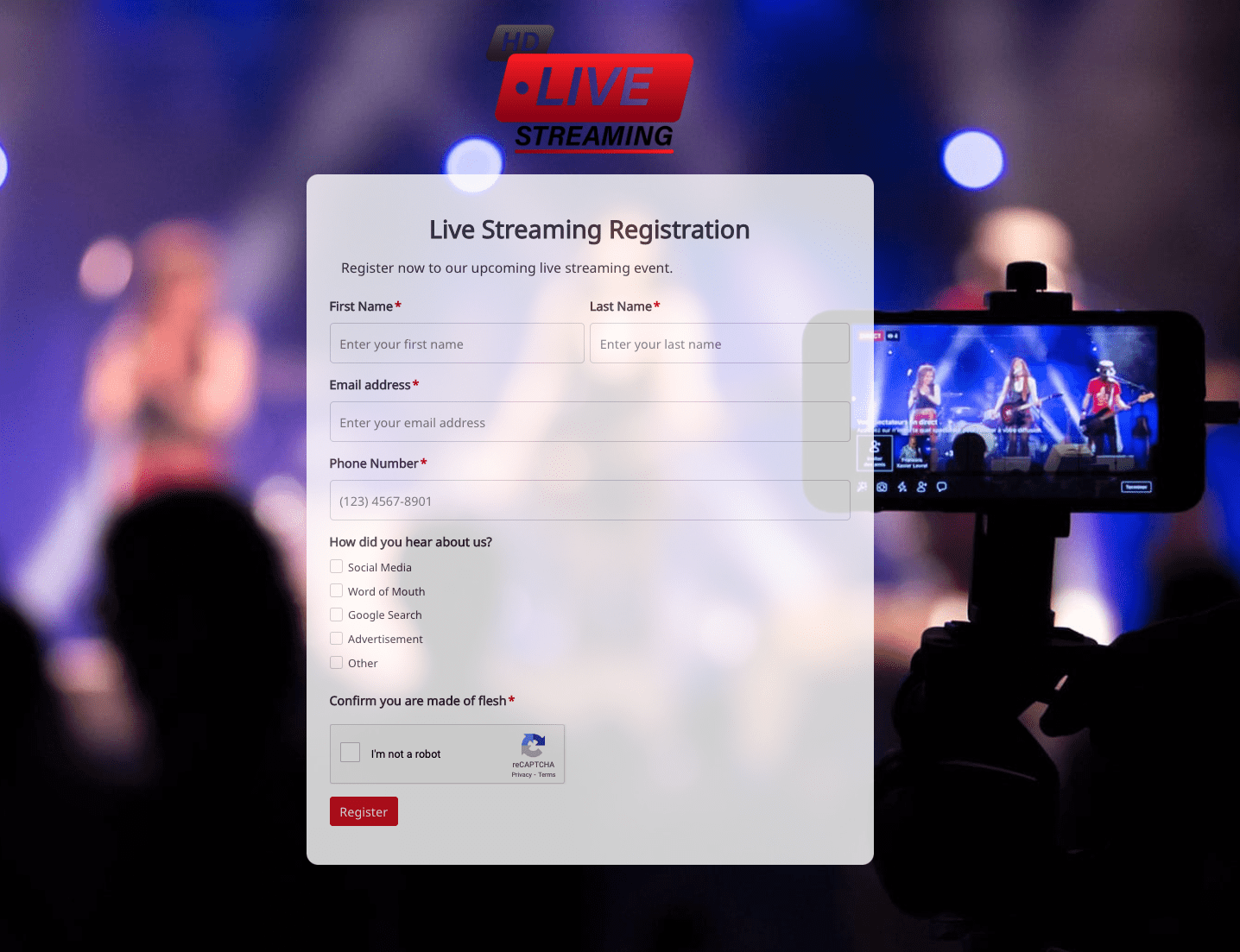 Live Streaming Registration Form
Live Streaming Registration Form
 More Information Form
More Information Form
 Order Exchange Form
Order Exchange Form
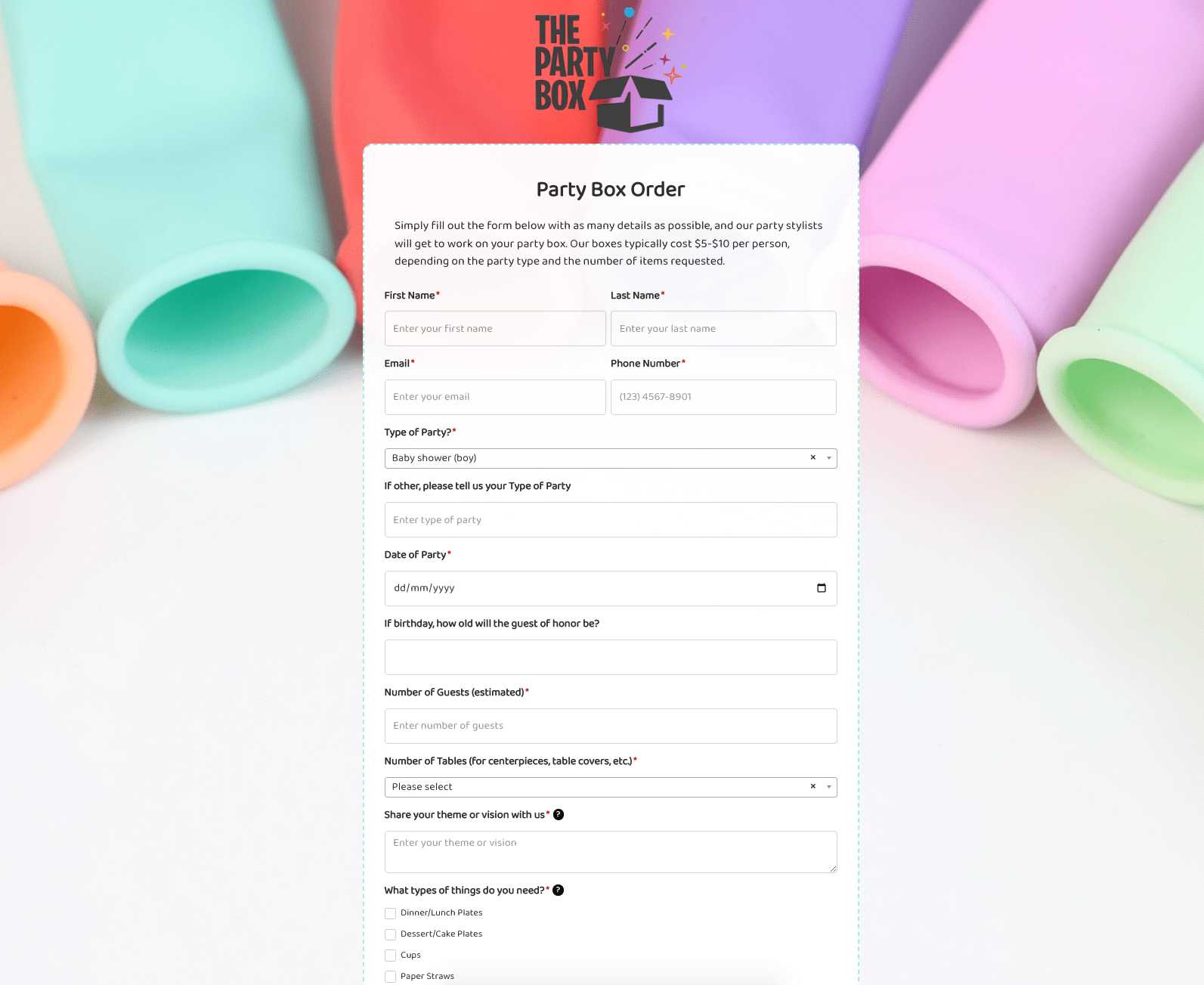 Party Box Order Form
Party Box Order Form
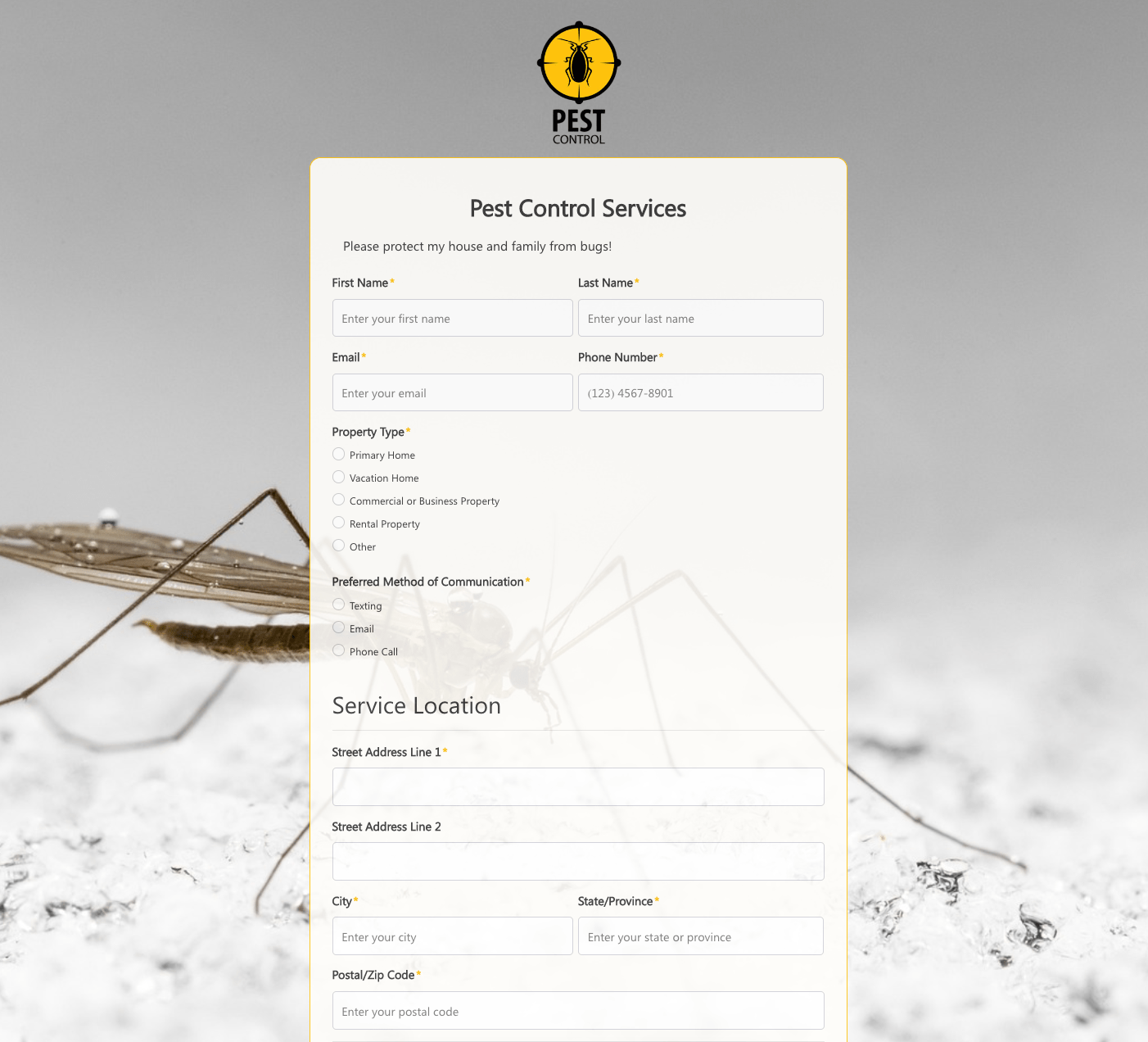 Pest Control Services Form
Pest Control Services Form
 Poll / Survey Form
Poll / Survey Form
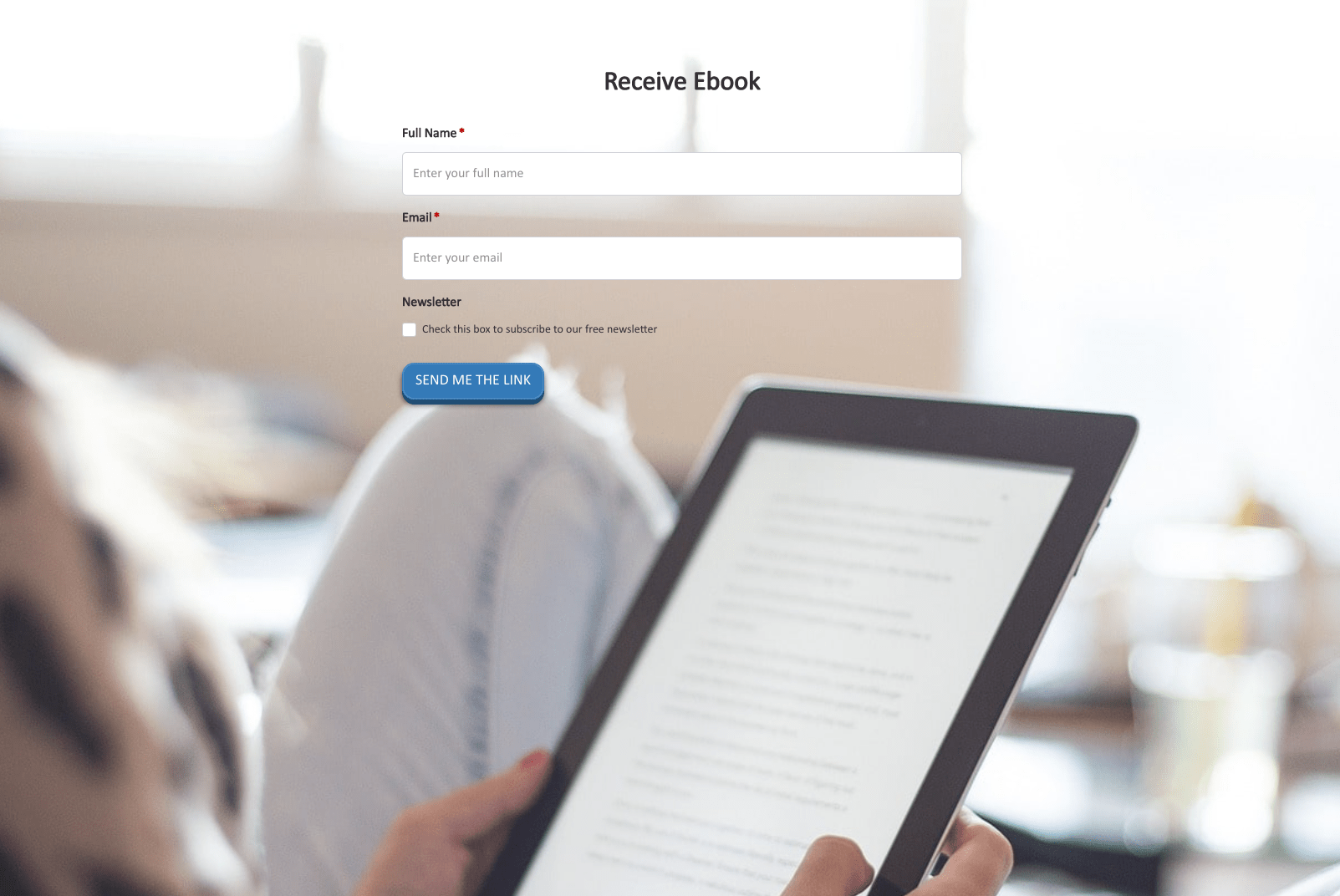 Receive Ebook Form
Receive Ebook Form
 Refinance Mortgage Form
Refinance Mortgage Form
 Remarks / Questions Form
Remarks / Questions Form
 Report Driver Form
Report Driver Form
 Retreat Information Form
Retreat Information Form
 Service Enquiry Form
Service Enquiry Form
 Skydiving Registration Form
Skydiving Registration Form
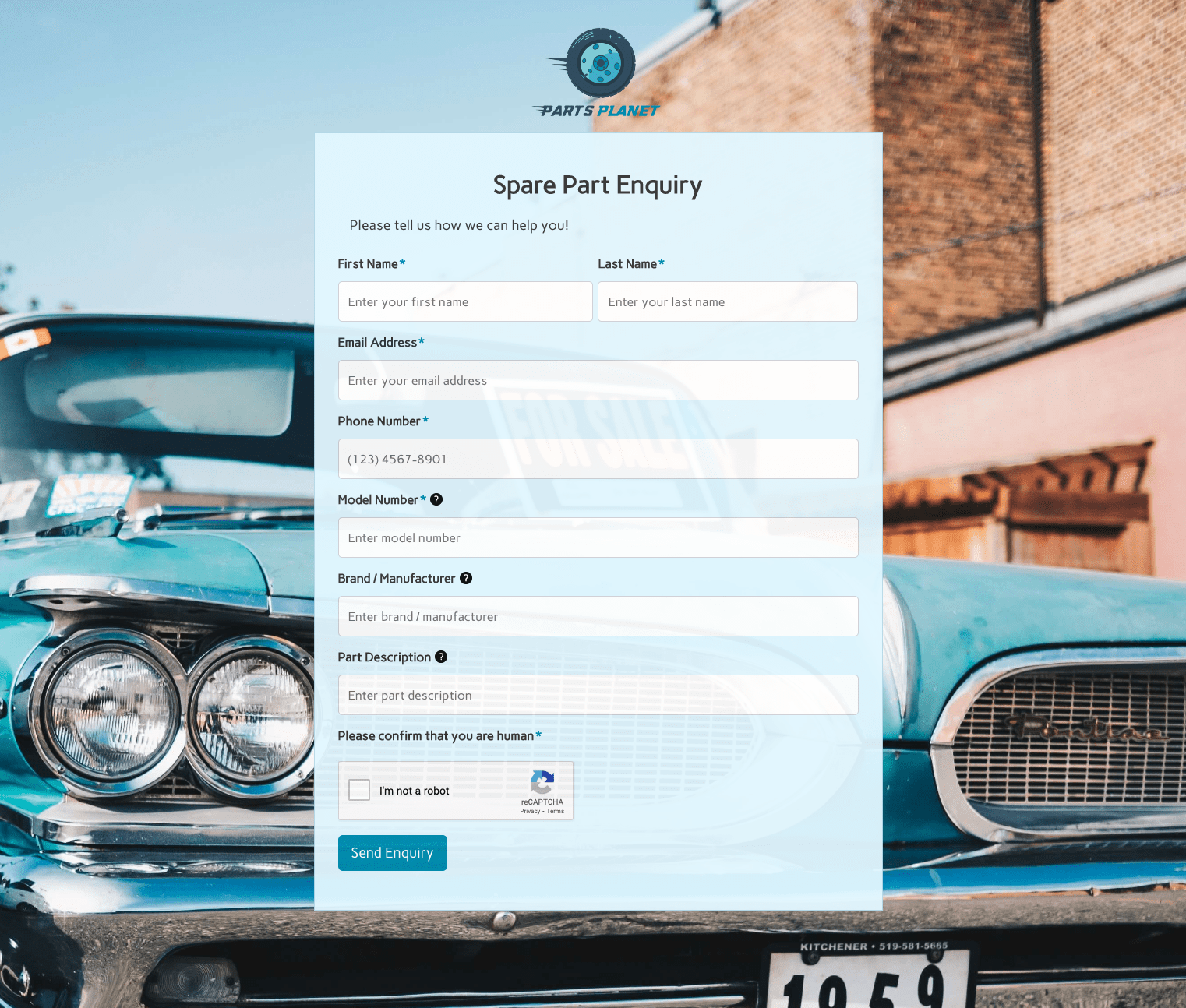 Spare Part Enquiry Form
Spare Part Enquiry Form
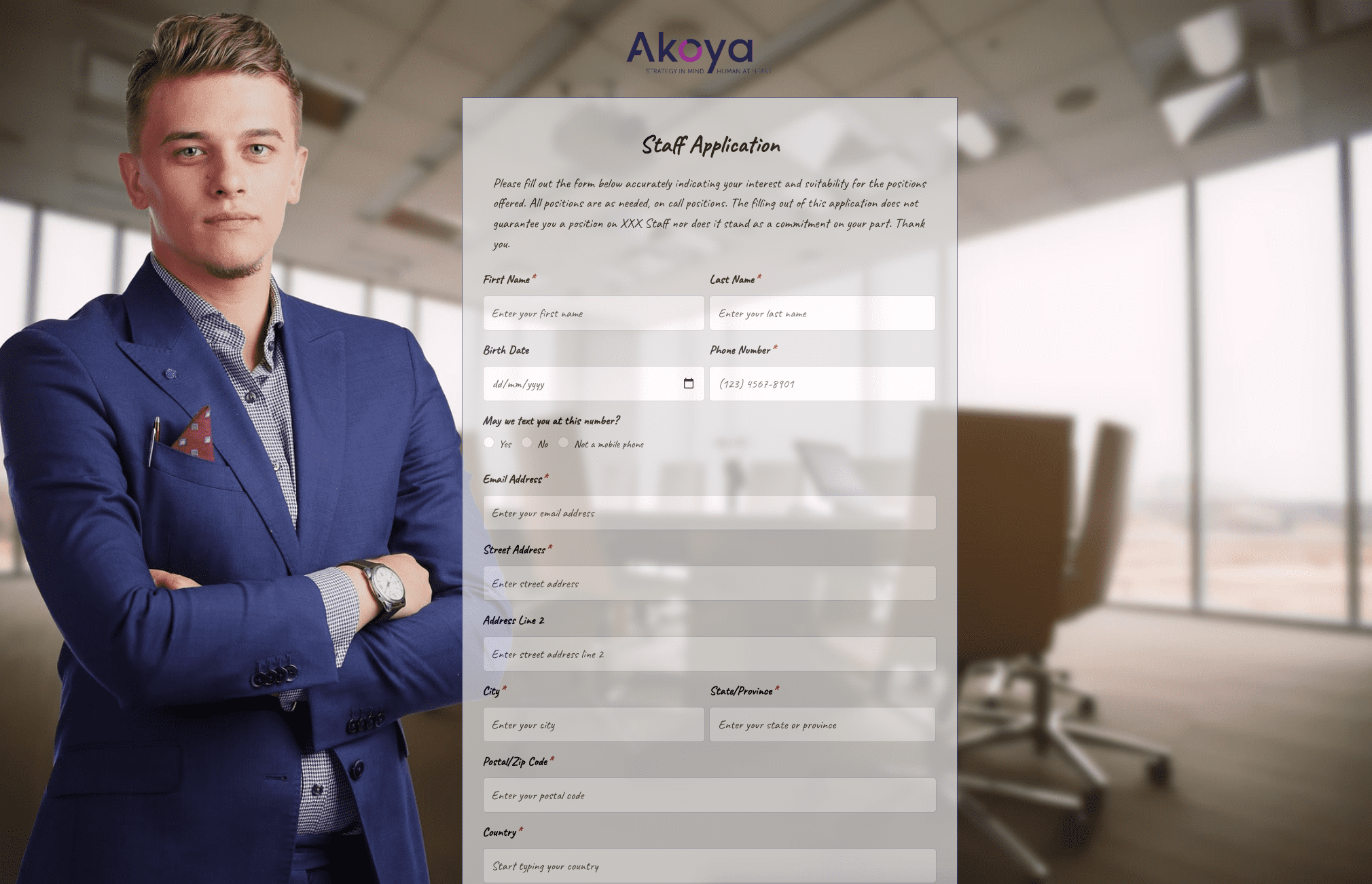 Staff Application Form
Staff Application Form
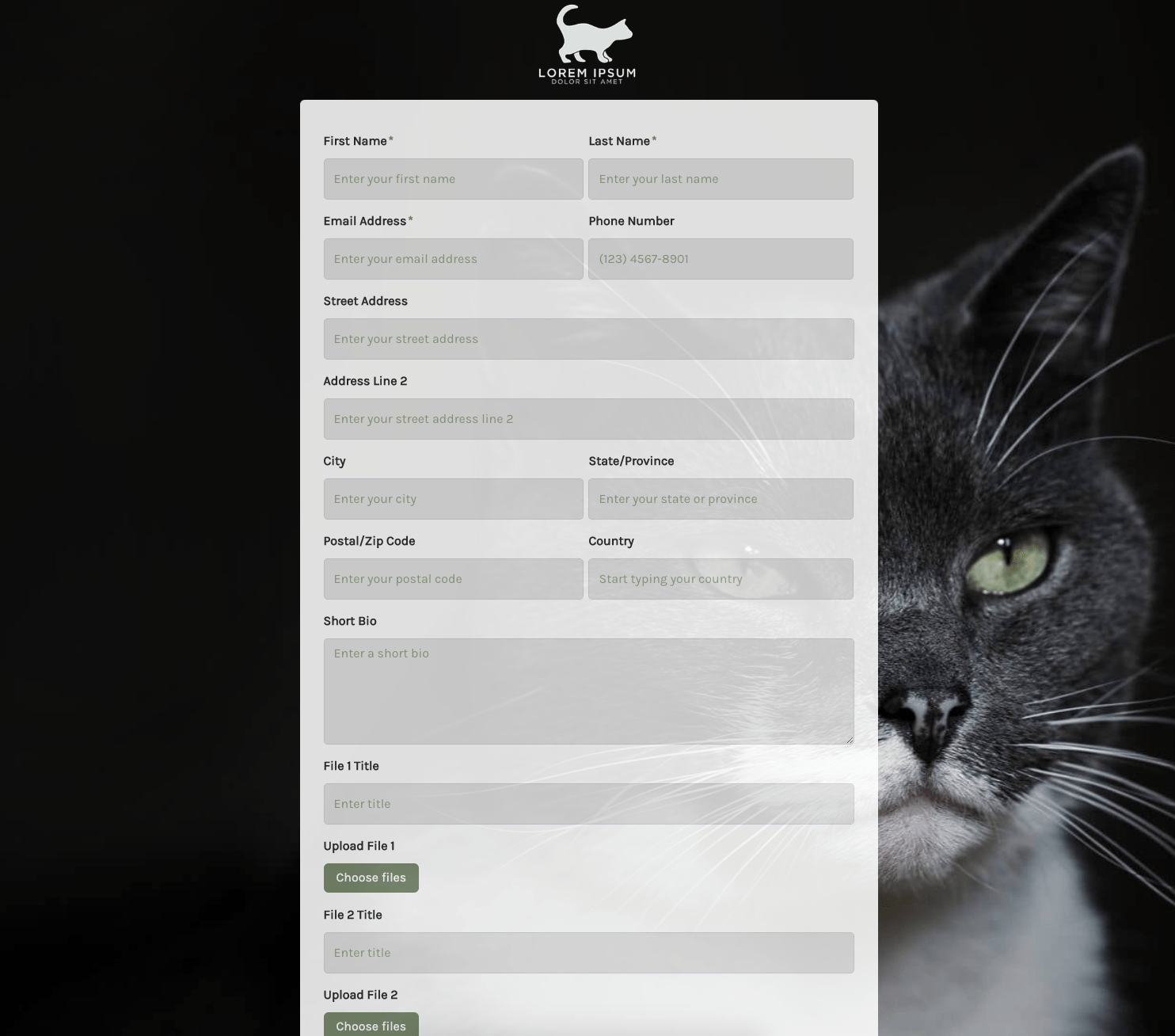 Submission Form
Submission Form
 User Registration Form
User Registration Form
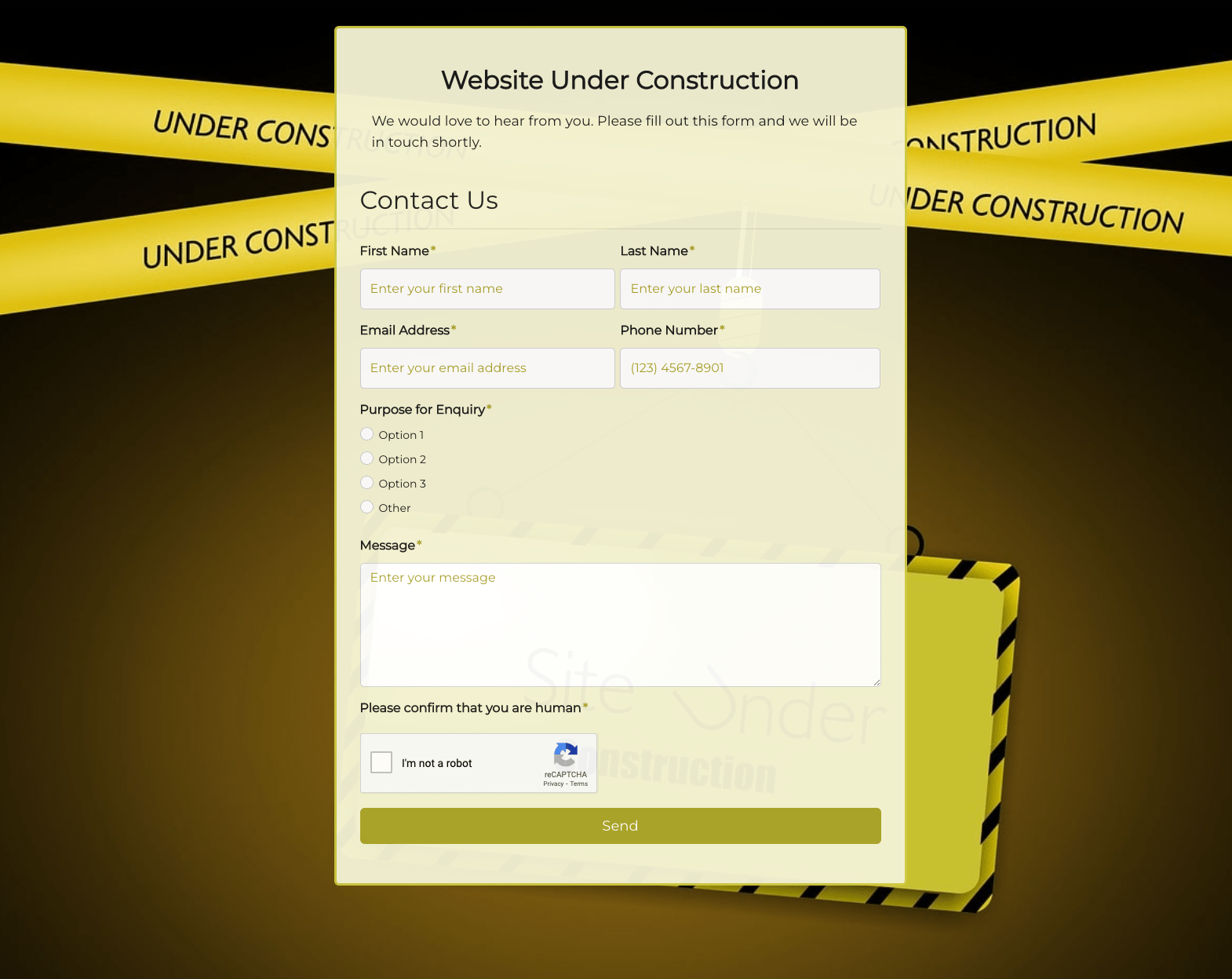 Website Under Construction Form
Website Under Construction Form
 Wedding Photographer Form
Wedding Photographer Form
 Your Opinion Matters Form
Your Opinion Matters Form










.jpeg)


